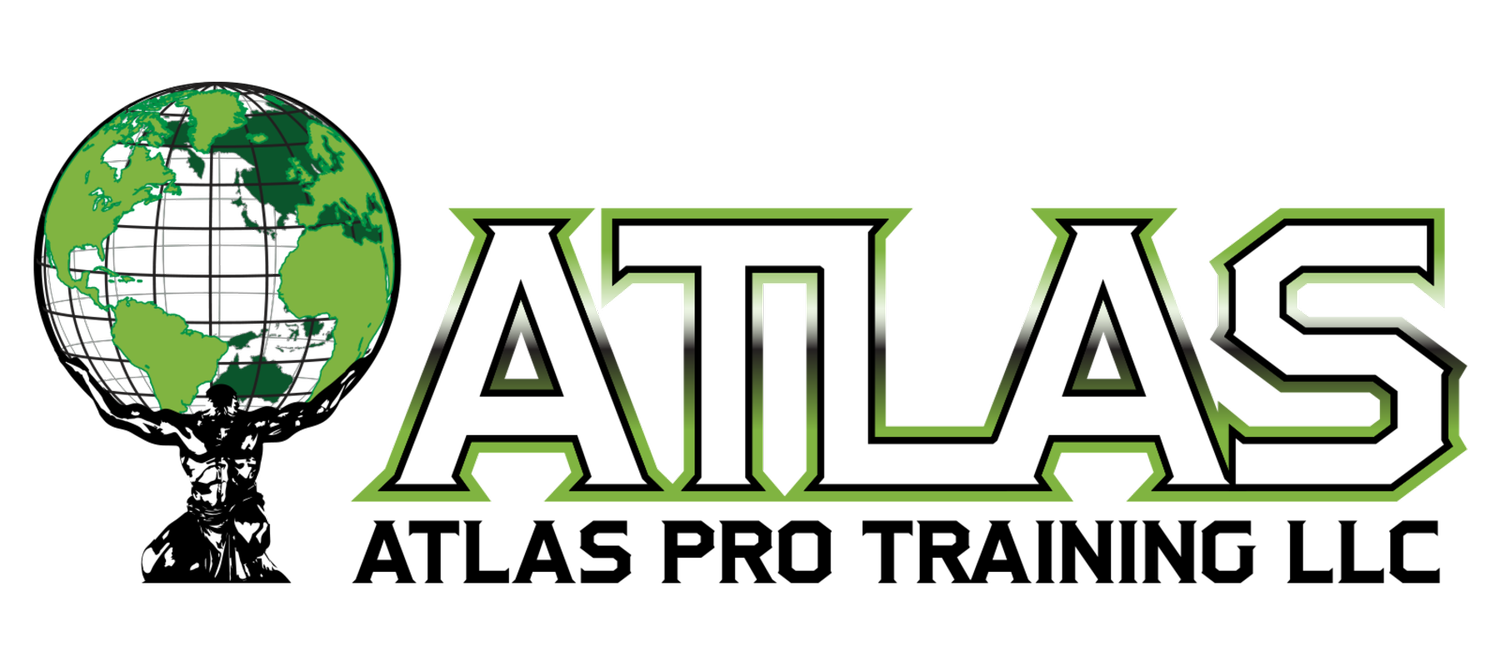The F.R.E.A.K. in You needs to "R"ecover
In this second installment of the Atlas Pro Training train like a F.R.E.A.K. blog series were are going to talk about Recovery, where all the "MAGIC" happens! If you have trained or been coached by me you have heard this over and over again, and it has paid off for you. Sometimes its human nature to want to train until you are drained, which is referred to as "overreaching" by most professional strength and conditioning coaches and trainers. This is essential to achieving the maximum physical and mental benefit from your training program, preparing your mind, body, and spirit for competition. BUT there would be no gains without a proper recovery plan that includes three main elements Sleep, Active recovery/dynamic stretching, and massage.
SLEEP
The key to any effective recovery plan is to consistently implement all three of these suggested habits into your lifestyle as an athlete. This may seem simple to just get some sleep right? But in most cases, it is not always easy to find the time to get the recommend 6-8 hours of quality sleep that is required for the body to repair and recharge. It is possible though if your recovery is a priority to you and you want to be the best at what you do, here are a few suggestions that may help you get the sleep you have been missing.
Schedule your bedtime and stick to it!
Try chamomile/sleepy time tea
Read a book in a quiet space
Meditate
Remove all distractions from your sleeping area; phone, tablets, television,
Listen to music with no words like Jazz, Classical music, etc.
These are suggested strategies have helped me (a chronic light sleeper) to this day develop quality sleeping habits, understand that sometimes the quality of the sleep you get is better than the quantity. I have found that the way I prepare to sleep has helped me develop a routine that has changed my behavior beyond just changing my habit.
ACTIVE RECOVERY
Next, we are going to look at active recovery and what is actually is. Active recovery is participating is light physical activity, in efforts of maintaining a mobility and flexibility. The low levels of intensity will allow the body to rid itself of lactic acid and other harmful substances by "flushing" the muscles using movement. There are several examples of active recovery that I have suggested my clients do that are light low-intensity forms of movement, here are a few:
Beginners Yoga
Dynamic Stretching
Light Jog
A pickup game of your favorite sport
Yard work
Walking
MASSAGE THERAPY
The use of massage has been the chose from or rest and recovery for most people for decades. But most people consider massage a luxury, which in some case may be true, but massage is essential to helping the musculature and the tough outer covering called Fascia. During heavy bouts of exercise, there are small micro-tears that occur in the muscle tissue and the fascia and musculature become misaligned and pulled out of place causing knots and kicks that may cause some pain and discomfort. Massage therapy can be applied to everyone recovery plan and should be considered essential to improving your health and performance. Here are a few examples of massage therapy:
Deep Tissue Therapeutic Massage
Foam Rolling/Myofascial Release
Body Tempering
Proprioceptive Neuromuscular Facilitation (PNF Stretching)
BODY TEMPERING
TEMPERING ROLLERS
PNF STRETCHING
PNF STRETCHING
Your recovery plan should be simple yet complete and include all the elements that I mentioned earlier, this could be the difference between gaining the edge you are training for to compete and perform at a high level, or losing that last 10 pounds that have been stuck to you after several months of training sessions. Your recovery plan sets the tone for your training program. To train and perform at a high level you need to recovery like a F.R.E.A.K.





